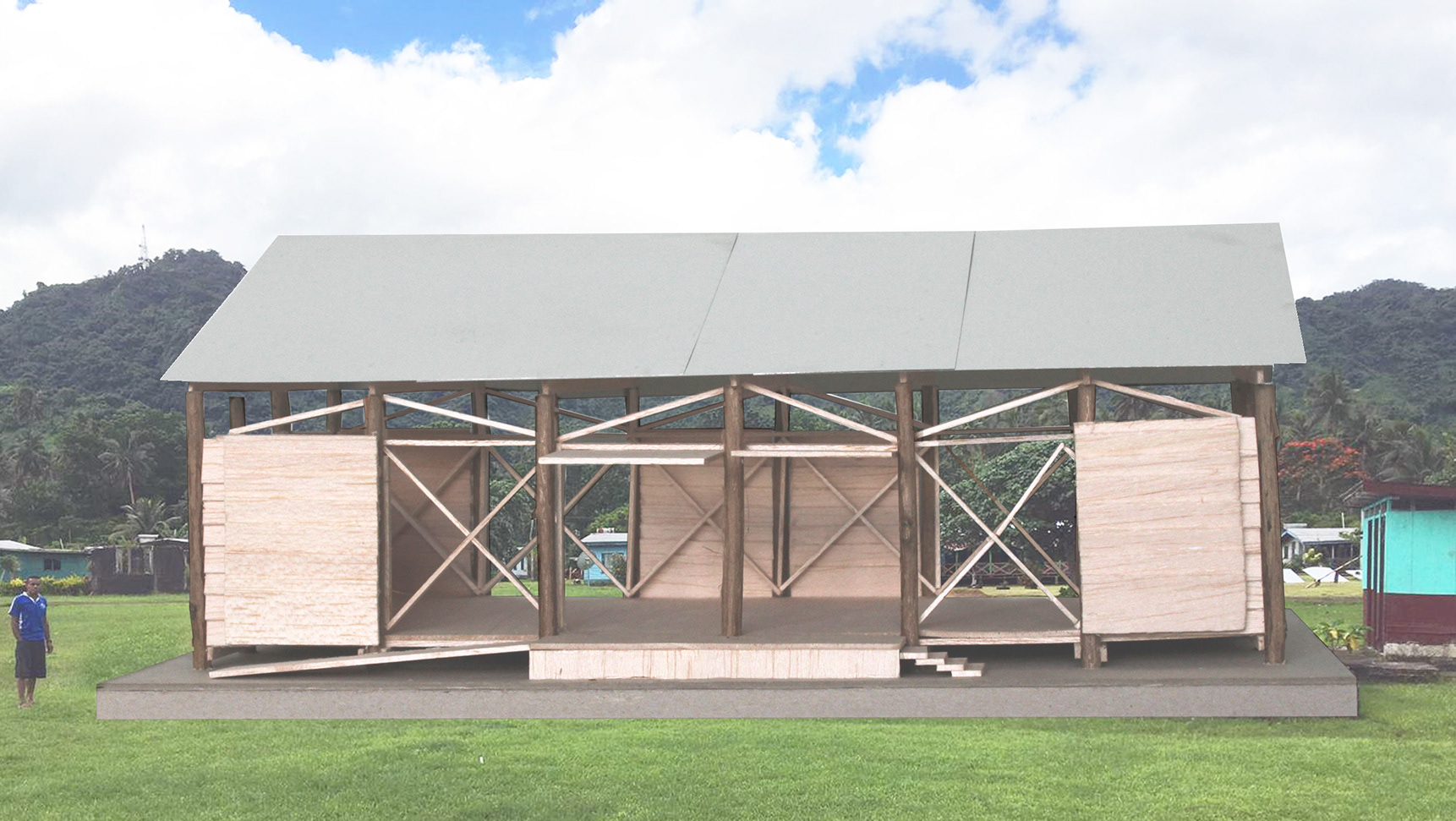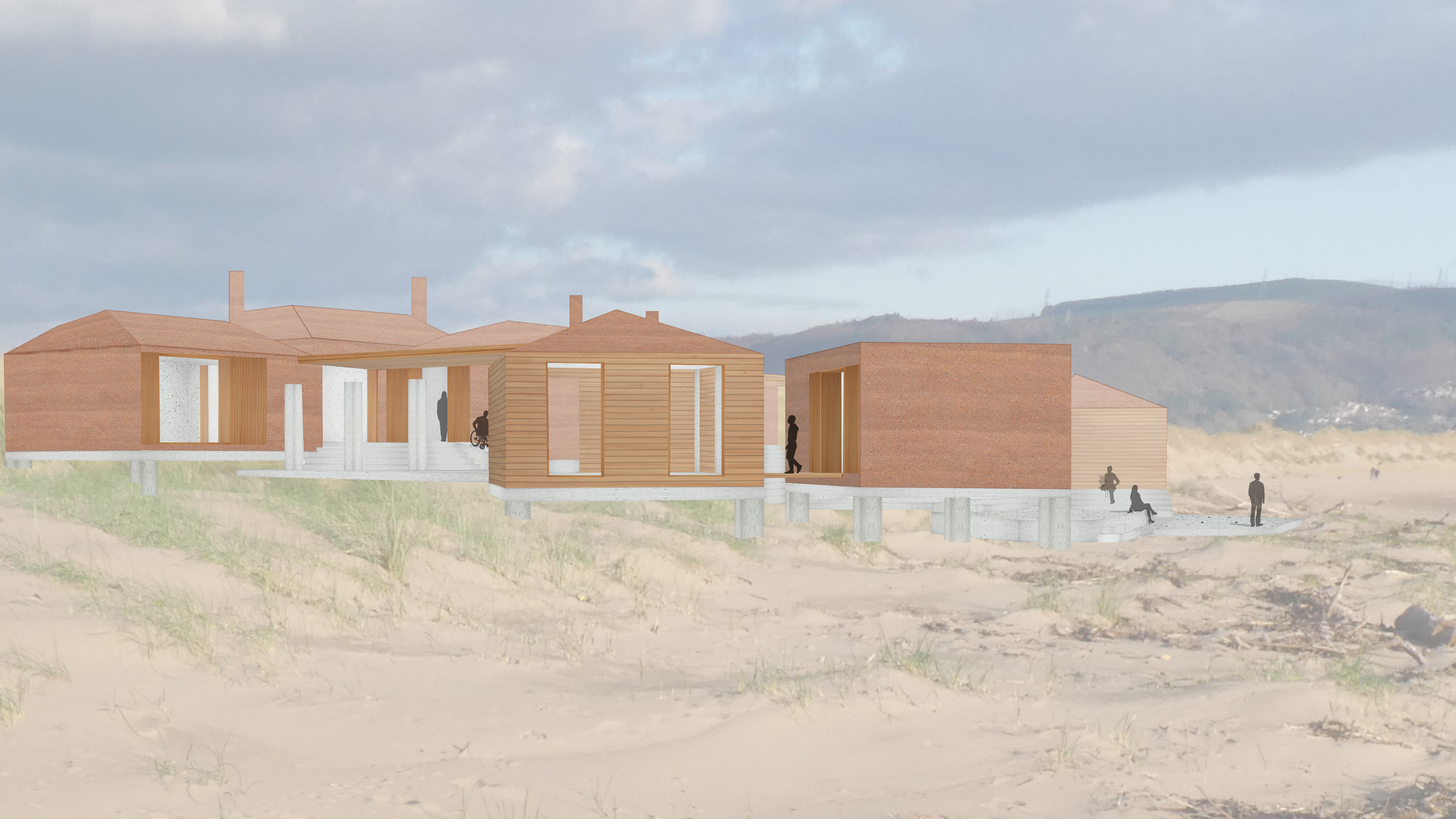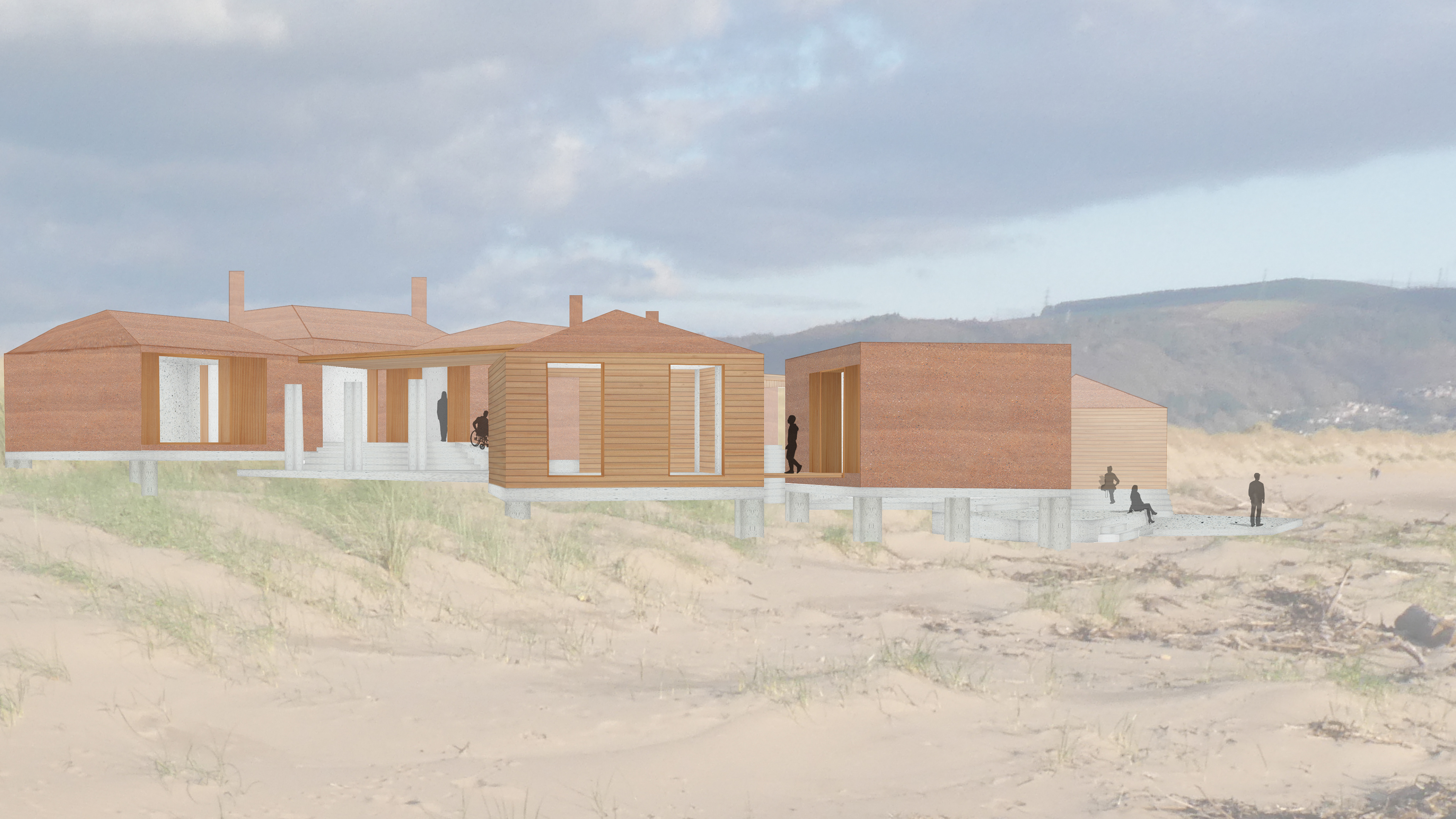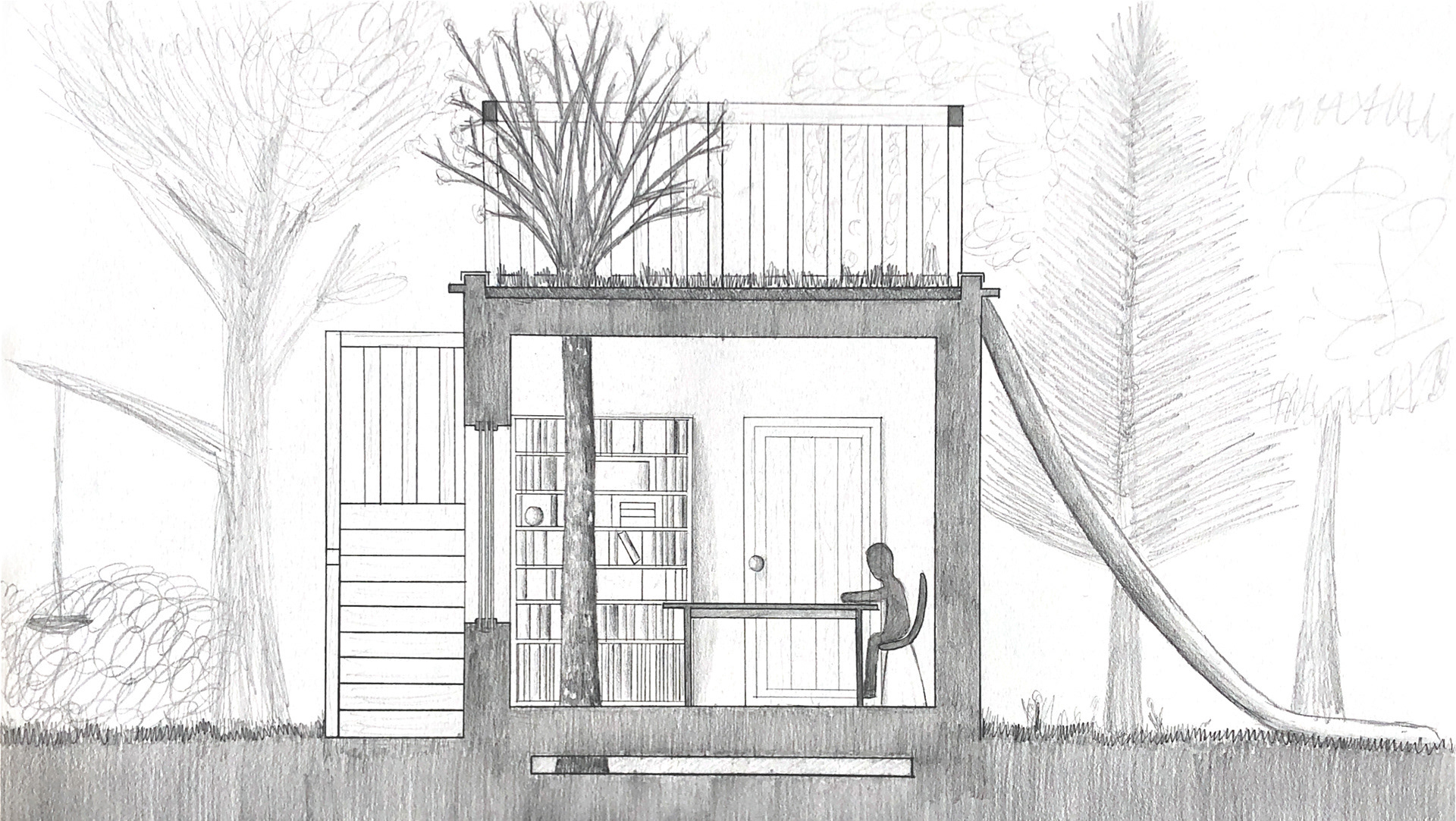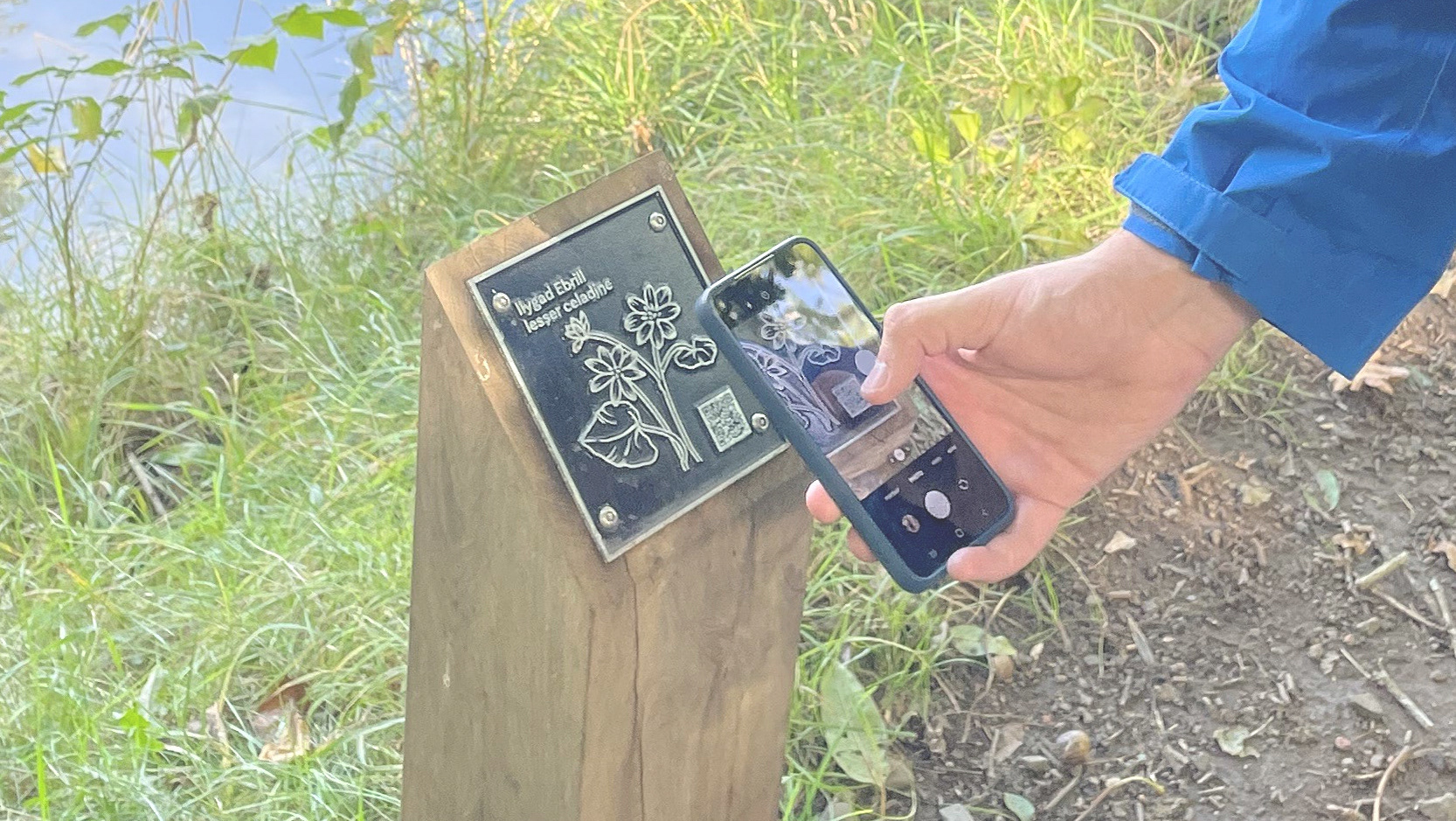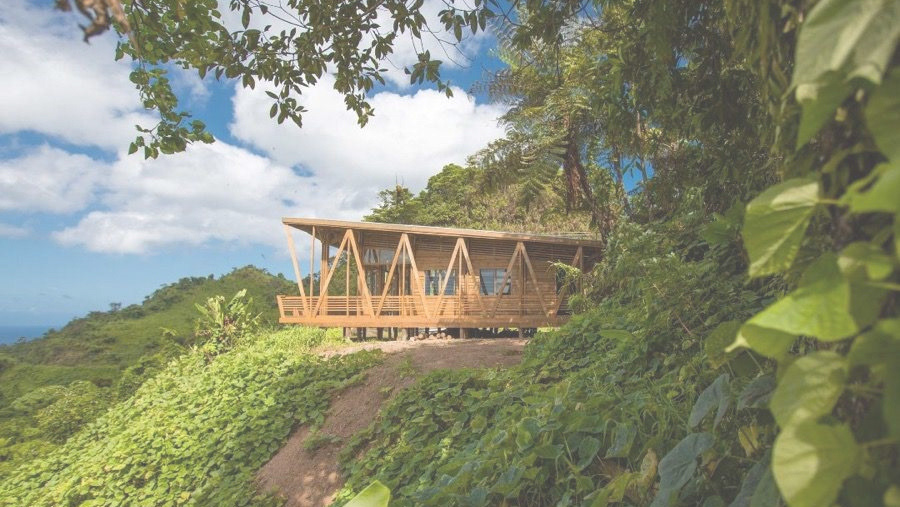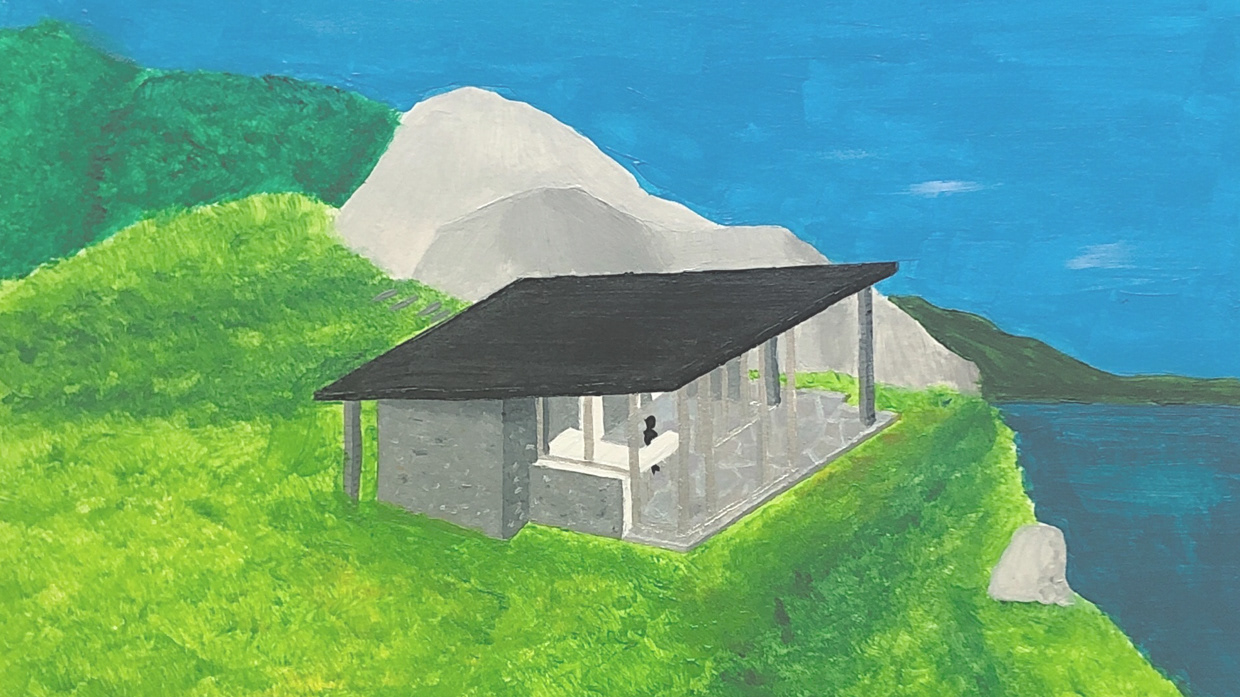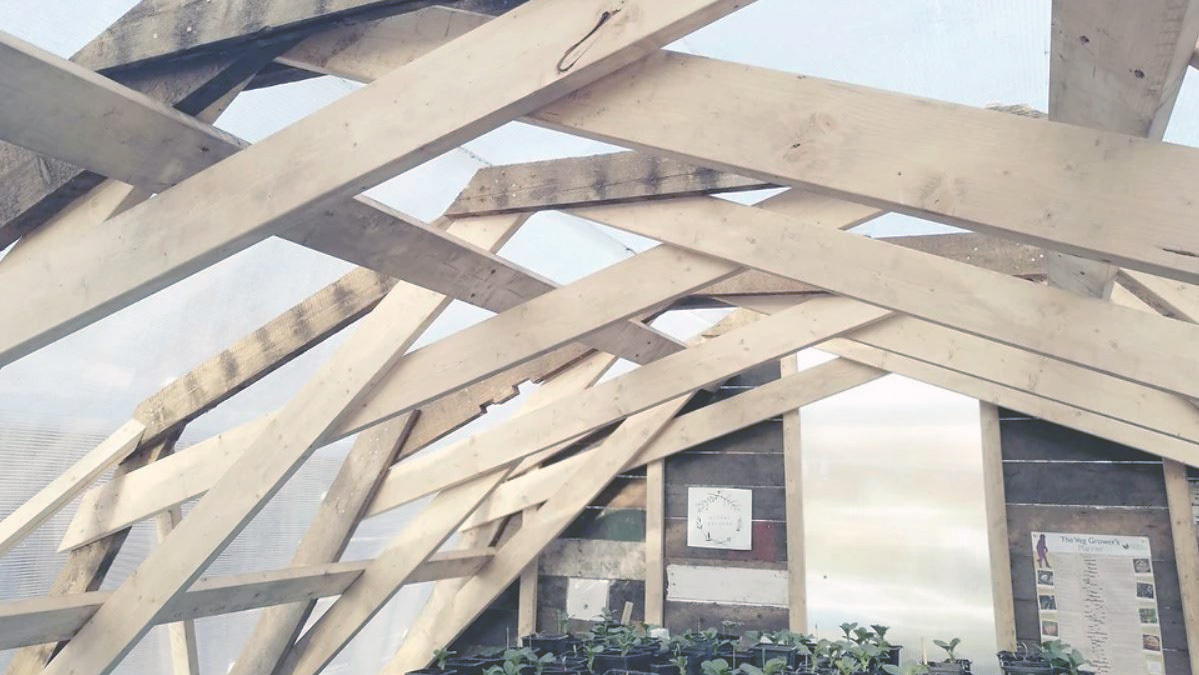Exploitation to Utilisation: Photoshop Vision Image
This vision image represents how from the response to site, the aim is to counteract the darkness of the past environmentally, socially and economically. It aims to reframe how we use the Earth’s resources. One focus is on the ground, and how it was exploited for the coal, and that the energy production from this came at an environmental and health cost, the economic benefits outweighing the negatives. This will be transformed in the future where the ground is used to grow plants, remove pollution and in turn creates endless opportunities for wildlife and people to explore. This extends to other natural resources being harnessed to create renewable and clean energy. Also responding to the idea that the mining industry was a finite process, the aim for the future is for it to be continuous and circular, environmentally and economically, however that may manifest.
Emerging Potential from Dark Past: Photoshop Germination Collage
Soil ‘is the invisible foundation of all that we see emerging before our eyes; it is the great recycler, the connector, the key to life itself’ (Tree 2018)
The seeds were more than just literal. They also represent the feeling on site that it does have potential for a positive future that can emerge from the dark past of exploitation and carbon emissions. A seed with contained energy, germinating underground from the literal darkness of the soil, drawing on its resources to undertake the process, is what the thesis aims to do too. The project will create a future that can not only counteract the past, but also draw from it, the good and bad, to propel it into something much more positive for the community and environment. Drawing from this soil that was exploited solely for human gain when Tree calls it the ‘key to life itself’ will be a really important concept, that everything will come from the soil, and the projects job is to rewrite the narrative of this particular soil.
Creating Nature: Concrete, Wire and Soil Model
The seeds that were chosen for this study were wildflowers which pragmatically lent itself well to this investigation as they are fast growing, and because of their ecological benefits, but more importantly because of the use of the word ‘wild’ in their name. The planting of them poses a question of what wild is, and the model is a mode of investigating this question. It can be argued that even the act of planting seeds, which is continuing the progression of what is occurring ‘naturally’, is an action and it somewhat negates the idea of these plants being ‘wild’. It is no longer allowing nature to take over, but forcing it. Even just allowing it is a decision, which can be likened to the concept of curated decay where leaving the buildings to stand open to the elements is a decision in itself.
Curating Nature: Concrete, Wire and Soil Overlaid Model
As seen in the last page, there are benefits to planting seeds in certain places, so there is a benefit to controlling where plants are grown, and allowed to grow. The next step for this model will be to remove a fair amount of the vegetation in order for what’s left to have enough resources to continue to grow. This action will again mean the interference in ‘nature’ and if the act of planting the seeds was not a form of curation of nature, then this certainly will be. This model can also relate to the intangible heritage of the site, through the act of deciding what to keep and what to remove and what to change, making this a project of curating the past and the future.
This was chosen to be left broken whilst the others were repaired because was actually more aesthetically appealing in its ruined form than the whole pot, and this one maintained most structural stability compared to the others. This approach can be linked most closely to curated decay. This pot would no longer be functional at its original purpose. With regards to intangible heritage, this approach removes the responsibility of dealing with the contested elements which is not necessarily good.
This pot represents what is usually the first instinct when something is broken, and was the first pot I dealt with. The pieces have been reassembled together using an adhesive as well as possible to resemble its initial form. This attempt is most like repair in conservation of physical fabric and has a crude beauty. With regards to the intangible it represents stitching the whole of history back together, showing the good, as well as the parts that can be perceived as flaws, which again can be beautiful.
Going a step further in the process of repair, this pot has been reassembled but then also the broken elements have been covered in an attempt to show the pot most closely to its original form. It can be likened to adding new materials that are the same as the original, not trying to distinguish which can bring into question authenticity. As for the intangible it can be seen two ways. Firstly that the process of repairing using the same material can keep the craftsmanship alive. But also that if the flaws are representing elements of contested history, they have been covered up which is often not appropriate to just present the good.
Beyond this, reassembly then covering the entirety of the fabric in a new material or coating, including the flaws and pieces that were whole, removes any possibility of distinguishing between old and new. In relation to the intangible this would relate to completely ignoring the history of the place, using the fabric solely for the new. This example creates the strongest sense of connection between the tangible and intangible because by looking at it you can see that it is rejecting its past because it bears little resemblance to it.
Inspired by Kintsugi, where the artefact becomes more valuable for its ‘imperfections’ this approach takes a different direction to covering up the cracks, and introduces a new material, solder in the case of the pot, to celebrate them and make them beautiful. For physical fabric this approach could be elegant, and could possibly relate to plants being the new material, and can be linked to a conservation philosophy of non authentic repair. However, when thinking about representing the contested heritage, it has to be careful not to romantise it and turn the dark elements into something celebrated.
Another introduction of a new material which distinguishes itself from the existing, but in this attempt it is less celebratory and more just to fill the physical gaps rather than patch up the flaws. It has to be approached sensitively so as to not damage the existing. Regarding intangible heritage, this can be a good way to attempt to redefine itself from the past for the future, showing the differing morals from now compared with the past. It also doesn’t cover up the flaws which offers an opportunity to reflect upon them.
This example is an attempt at a replica of an original pot. This can be a justified instinct when something is missing in its entirety. It is limited by having skilled enough people to do it successfully, and even if so still brings into question authenticity. Again it has potential to preserve or bring back intangible heritage of the craft, however, replicating or rebuilding things that coincide with contested heritage may not be the best idea, when there are better ways to spend resources looking to the future.
Tangible and Intangible 'Repair': 'Repaired' Plant Pot
The initial conclusions from this investigation into conservation philosophies through the repair of plant pots, is that there is no correct approach. Physically, it depends on the condition of the pot, such as the one being left in its ruined form being done so because it had an aesthetic appeal that the others didn’t, as well as the thoughts on things at the time, such as the decision to try and fix the second pot being made as it was an initial response before any deeper consideration had been made that perhaps the cracks could enhance the its aesthetic. Also, whether the pots need to continue to be functional needs to be considered. Then when the consideration of the cracks representing contested intangible history, the conclusion is beginning to feel that the flaws should not be overlooked or overly romanticised. It is clear that each has its merits and downfalls.
Contextualising Philosophies: Photoshop Site Analysis
A limitation of the pot experiments is that they were fairly mundane before they were broken, so it doesn’t relate to the outstanding architecture that the site has, or the associated pride the locals have with its legacy. Therefore this stage begins to look at the history and current state of fabric of each of the buildings to help determine which ‘repair’ approach may be most appropriate for each. Their listing statuses are acknowledged but will be seen through a critical lense because they aren’t always applied with the best attention, instead a deeper investigation will be made into the value of each building and how they contribute to the whole. It is interesting to understand the past relationship between the buildings and how the process operated and people moved, compared to how the buildings are experienced now, and what this can suggest for their future connections.
South Wales Industrial Heritage Park: Photoshop Map of South Wales Coal Mines
‘In 1935, Thomas Jones, the educationalist and founder of the journal Welsh Outlook, angered at the sense of hopelessness that infected South Wales during the economic depression, suggested satirically that the mining valleys should be evacuated and turned into an industrial museum.’ (Wicke 2013)
The South Wales coal mines, have, to an extent, achieved what Thomas Jones intended them to, and turned into an industrial museum. It can be argued that a superficial cultural economy has been created from mining communities, alongside other criticisms about lack of authenticity of experience at such sites. (Wicke 2018) This knowledge steers the approach to Crumlin far away from a mining museum angle and towards being something truly beneficial to the community there now and in the future. It has reached a turning point in its future history, and should create a new legacy, rather than relying on and an exhibiting the old like the reglued pot, and focus on its unique features compared to the rest of South Wales mines. This approach can be likened to philosophy of adding new but different materials whilst still respecting the old, but applied to function.
The resultant and current conservation philosophy is thus and will relate to this pot. It will incorporate the vision of a more biodiverse, sustainable and circular future. For the physical fabric, it will be respected as it exists, and there will be additional elements that respect, but likely contrast in a positive way, in order to enhance both. There is a possibility that the additional elements could be natural such as plants. It is also the most appropriate method for the intangible legacy going forwards as it will acknowledge the less pleasant elements as the cracks have done here, as well as the successful parts, but it will not exhibit them as something to be celebrated. But crucially, it will add something new for the future history, and something that is positive, as represented by the colour white.
Recreating Future History: Photoshop Image of Conservation Philosophy


